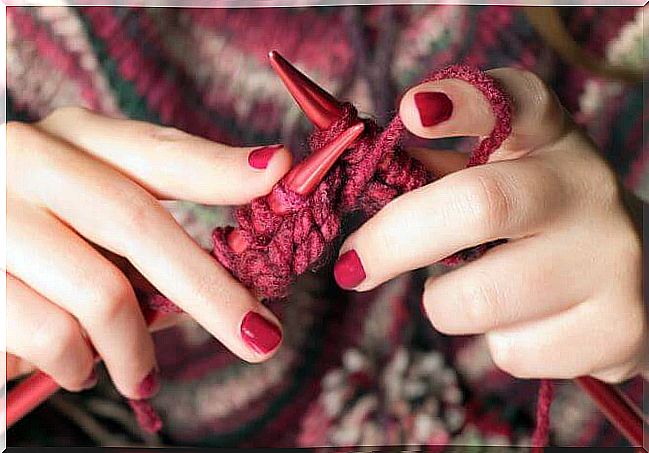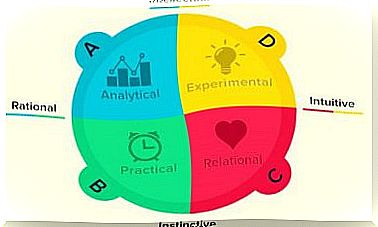Working With Your Hands Is Good For The Brain
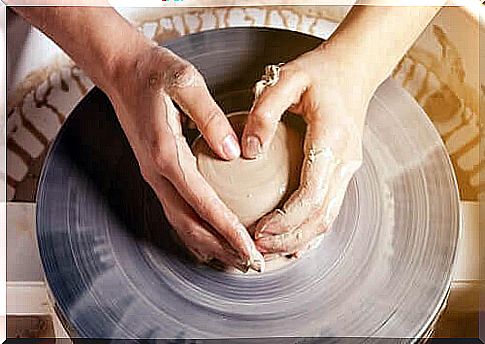
Working with our hands improves our psychological health. Modeling, weaving, transforming, sculpting, harvesting, sewing, painting… All of these tasks are considered valuable activities for stimulating the brain. They are also a great way to relieve stress. To improve neuronal plasticity. To optimize our dexterity, as well as concentration. And even mental calm.
The hand-brain connection signifies for humans this essential alliance which acts as a feedback mechanism. The goal is to promote our neuronal development. It is indeed a reality that anthropology and psychology have known for decades. Hence, for example, the need to encourage manual games and tasks in children which promote motor skills. And thus contribute to the development of the brain.
However, one thing most of us know is that when we reach adulthood we often leave behind the magic of these manual activities. Unless it is part of our job, we usually do without such tasks. So much so that media such as cell phones and computers are even replacing handwriting. When we exercise, for example, we focus our activity on our body. But we forget our hands, their mobility and above all their great creative potential. Their active use through the most varied tasks, can promote our state of mind. Let’s see more data below.
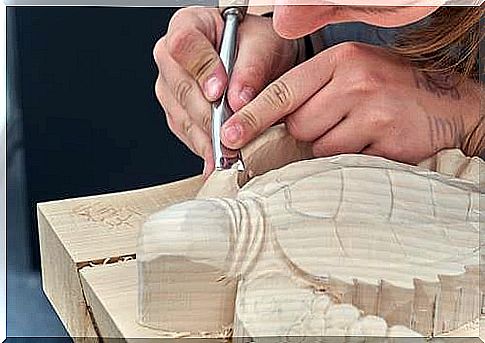
Working with the hands: creation and psychological well-being at your fingertips
In a way, we could almost say that we have reached a point in our society where manual competition is devalued. Office work, think tanks, marketing, advertising, engineering, economists, technology companies… All these areas of work undoubtedly give priority to other skills of an essentially intellectual nature.
However, professions as essential as masonry, agriculture, auto repair, plumbing or electrical, still need a pair of expert hands to solve our lives. To make sure that the most basic things never fail us. The two spheres, that of intellectual productivity and manual productivity, continue to be essential in our daily life.
However, it should be noted that at present, from the field of neuropsychology is emerging another very interesting vision. This tendency of the last decades to glorify intellectual labor at the expense of manual labor should fade. Moreover, to deprive ourselves of working with our hands would go against our nature. So much so that neuroscientists like Dr. Kelly Lambert of the University of Richmond in the United States tell us something more than interesting: manual labor reduces the risk of depression.
Manual work and our psychological well-being
In the past, tool making facilitated the evolution of the homo species to what we are today. This axis formed between the eye, the hand and the brain, therefore rises like a fabulous intellectual and emotional “constellation”. It continues to promote multiple benefits in us. However, we neglect them.
- Working with your hands doesn’t mean being in front of a computer all day. Or repair a blocked pipe. It’s something deeper, something that should strengthen our neural connections and therefore facilitate brain plasticity.
- How ? Through creation and transformation. There must be a series of processes by which we get a result that we are satisfied with. Thus, tasks such as sculpting, modeling, weaving, drawing or even planting a flower generate material transformation. The latter has an influence on the emotional level
This is what Dr. Kelly Lambert explains in his book Lifting Depression: A Neuroscientist’s Hands-On Approach to Activating Your Brain’s Healing Power . It’s about looking for some kind of manual activity that activates our neural reward circuit, where there is some cognitive effort. As well as focus and pleasure in what we are capable of achieving.
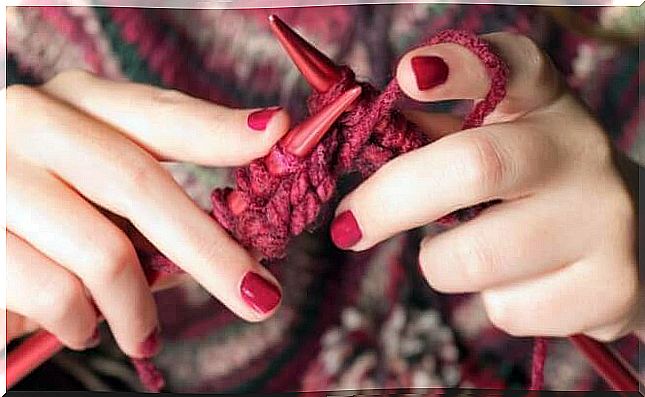
Effort, creation and satisfaction: the neurochemistry that reverses depressive processes
One thing we need to be sure of is that just learning to model, sculpt or weave will not make our depression go away. Working with our hands is a catalyst, a way to change the chemistry of our brain, to induce a state of inner well-being which, added to other strategies like psychological therapy, can undoubtedly give great results. However, let’s take a closer look at what working with our hands does in our brains:
- It modifies the physiology and the chemical response of the brain: it releases endorphins, serotonin, reduces the hormone cortisol associated with stress. ..
- Manual tasks improve neuronal plasticity. New connections are created and with them we face cognitive impairment
- In addition, as Dr Robin Hurley of Baylor University in Huston explains, manual tasks that are meaningful to patients (playing an instrument, performing artistic tasks like painting or modeling) even reverse them. effects of chronic stress. Its very important. Because in fact, in this way, the person feels more receptive and more relaxed to cope with his depression.
To conclude, it is important to qualify one last detail. Not all manual tasks generate psychological benefits. Whether we are working in a factory or on an assembly line, this repetitive task will not bring us much well-being. It would therefore be a question of finding this activity with which to work with our hands from the point of view of curiosity. Passion and interest.
Finally, we have to look for a task that satisfies us. Which encourages us and relaxes us at the same time, reaching the state of flux that psychologist Mihaly Csikszentmihalyi tells us about. These are the states where the world stops and where we are the only ones to exist. Where our ego is in tune with the creative process. Few things are more satisfying.
